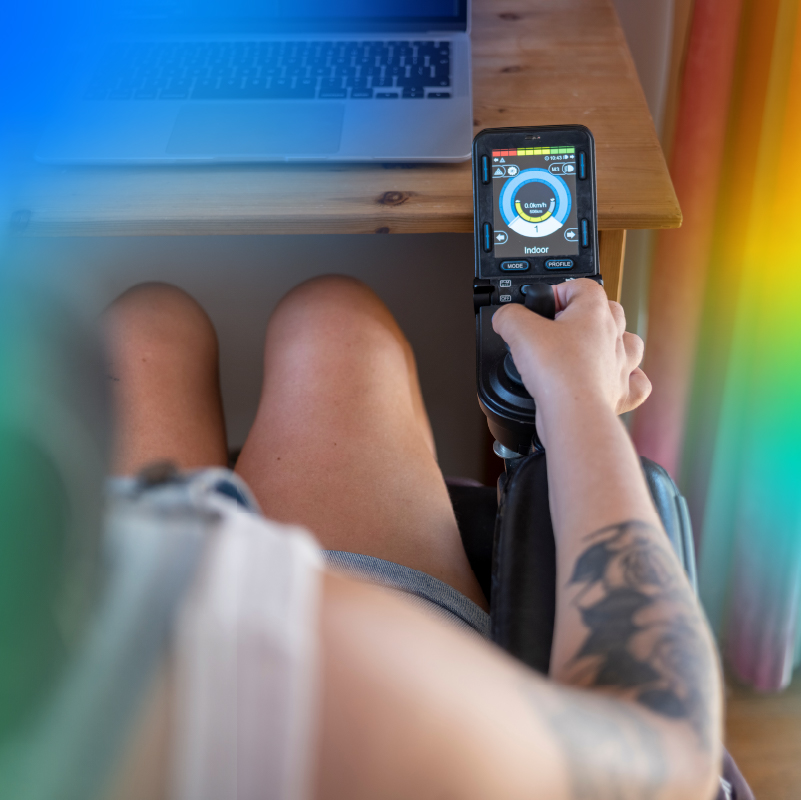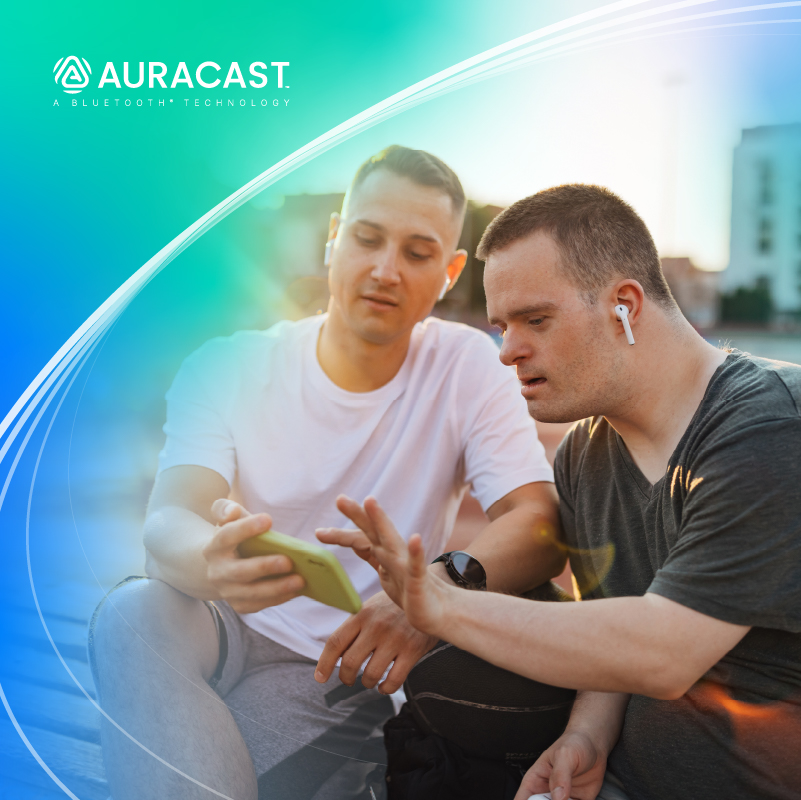According to the World Health Organization (WHO), more than 2.5 billion people need one or more assistive products that can maintain or improve an individual’s functioning and independence. By 2050, this is anticipated to rise to 3.5 billion.
Making the world more accessible through the availability of new assistive technologies and products is fundamental to bringing life-changing benefits for individuals faced with accessibility challenges.

Enhancing accessibility with Bluetooth® technology
Thanks to its diverse member ecosystem, ubiquitous presence in mobile and computing devices, low power consumption, audio capabilities, dedicated accessibility features, and continued technological innovation, Bluetooth® technology is uniquely capable of enabling an extensive range of assistive products, facilitating greater visual, mobility, speech, and hearing accessibility around the world.
Recently, with help from ABI Research, the Bluetooth Special Interest Group (SIG) released a new market research note, When connection becomes inclusion: How Bluetooth is redefining accessibility, that looks at how Bluetooth technology is supporting people with varying accessibility needs to enable a more inclusive world. This paper explains how Bluetooth technology is being leveraged in an increasingly diverse range of assistive solutions that enable users to live more independently, participate more confidently, and have greater opportunities in their day-to-day lives.
Many Bluetooth technology characteristics — from low power consumption and dedicated features to continued innovation and a diverse ecosystem — make it the ideal solution for supporting assistive products.
Low power consumption
Many assistive products, such as hearing aids, wearables, skin-worn sensors, smart glasses, and smart mouth wear come in extremely small form factors with limited battery sizes. As a result, the ultra-low power benefits of Bluetooth® technology uniquely position it to enable hours, days, or months of operation depending on the specific use case. This enables users to use their products for longer while enabling greater flexibility through wireless operation.
Ubiquitous presence
Many of these assistive products require connectivity to PCs, mobile phones, or tablets to enable a variety of functions, including data transfer, firmware updates, remote configuration, diagnostics, remote control, and activity tracking, among others. Bluetooth® technology’s ubiquitous presence in these devices means it is uniquely positioned to enable these solutions.
In-ear guidance and discreet assistance

Many visual accessibility solutions require voice readouts to provide directions, descriptions of surroundings, or other information. Thanks to the wide availability of Bluetooth® audio solutions, users can receive more discreet, in-ear guidance directly to their headphones or hearing aids.
Dedicated accessibility features
Dedicated accessibility features and standards, such as Auracast™ broadcast audio, are uniquely positioned to solve the specific accessibility challenges of today, opening the potential for more public venues to leverage assistive listening technology and a much wider expansion of hearing accessibility for both personal and public usage scenarios.
Continued technology innovation
Bluetooth® technology continues to evolve and add new features and capabilities, many of which will benefit the future development of assistive products. For example, work is ongoing to bring several further enhancements to Auracast™ broadcast audio, such as defining a standardized approach when using multiple Auracast™ transmitters in larger environments, support for more streams to support multi-language broadcasts, and a standardized approach to discovering Auracast™ broadcasts on constrained receiver devices, such as hearing aids, without the need for a smartphone.
Similarly, reductions in latency through the ultra-low latency (ULL) human-interface-device (HID) enhancement project aims to make Bluetooth controllers as responsive as those using USB-wired or proprietary wireless communications. This could prove beneficial to many assistive HID and control devices.
Diverse member ecosystem
The competitive and ever-growing ecosystem of Bluetooth® IC vendors and other solution providers continue to drive improvements on other key metrics, such as power consumption, robustness, size, and range, providing enhanced flexibility and convenience for users of assistive products. These solutions enable a growing number of manufacturers to create new assistive products and bring innovative experiences to users faced with a wide range of accessibility challenges.
Creating a more accessible world
With accessibility challenges expected to impact more people over the next few decades, the range of assistive products will become even more diverse, and a combination of growing demand, technology innovation, new product types and form factors, regulatory incentives, and greater familiarity will all drive the market forward.
Product manufacturers should investigate the role that Bluetooth® technology can play in enabling next-generation assistive products and experiences as the market opportunities grow in the years to come. Meanwhile, the Bluetooth SIG is committed to creating a better world through the enhancement and greater availability of assistive solutions enabled by Bluetooth technology.
To learn more, download the latest market research: When connection becomes inclusion: How Bluetooth is redefining accessibility.
And check real-world examples to see how Bluetooth technology is being used to help create a more accessible world.